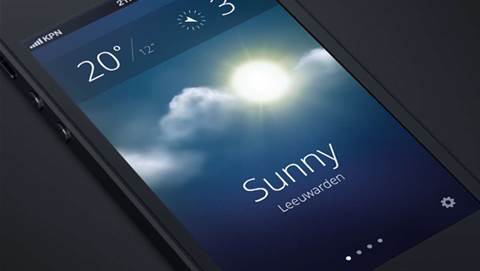While the standard is being defined by the ITU, it will be promoted by the HomeGrid Forum, a group of vendors that currently includes Intel, Infineon, Panasonic and Texas Instruments.
Matthew Theall, technology strategist at Intel's Digital Home group and president of the HomeGrid Forum, said that G.hn should allow data rates up to 400Mbit/s over co-axial cables, up to 200Mbit/s over power lines, and somewhere between the two over phone cabling.
"What's unique is that a single PHY and MAC can run over three different wires at the same time," he said, adding that it would be possible for devices connected to one type of cabling to communicate with others connected to a different type.
The HomeGrid Forum foresees scenarios such as a digital video recorder that can stream HDTV video to players anywhere in the house over the mains wiring. However, chips supporting the standard might also be built into computers, set-top boxes, residential gateways, audio systems, TVs or anything else that might need a network connection.
"In the future, phones might integrate the chipset so you can plug your phone into the wall and make IP calls over the power line," said Theall.
But the technology still has some way to go. ITU recommendation G.9960 cove rs only the PHY, or physical interface, specifications and is now in an approval process that is expected to lead to full ratification early in 2009. Work is still continuing on the MAC layer, which controls access to the network.
The HomeGrid Forum hopes to have a full specification by September 2009, which will allow chip makers to have transceivers ready for the first half of 2010, and products in retail later the same year if all goes well.
Theall said that higher level protocols, which ensure that devices can recognise each other and communicate, have yet to be considered within the standard. "It may be left up to the individual vendor to define these. Our focus is on the MAC at the moment," he said.
Cost is another unknown. Theall expected the transceiver chips to add only a small incremental cost to devices, but conceded that it was difficult to put a precise figure on it at this stage.
Even the brand name has yet to be decided, as G.hn is just a placeholder until the HomeGrid Forum can come up with something catchier.
Theall declined to say whether Intel will produce its own silicon or devices based on the standard, but said that the company believes the technology will be beneficial in the consumer electronics industry.


.png&h=140&w=231&c=1&s=0)

_(20).jpg&h=140&w=231&c=1&s=0)



_(26).jpg&w=100&c=1&s=0)

 iTnews Executive Retreat - Security Leaders Edition
iTnews Executive Retreat - Security Leaders Edition











_(1).jpg&h=140&w=231&c=1&s=0)



